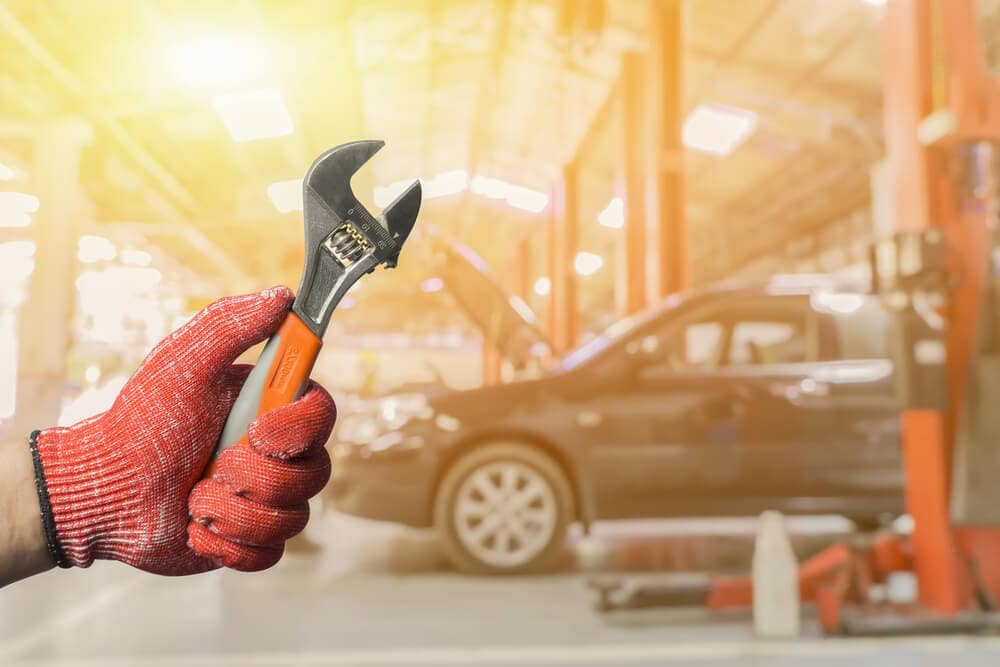Selling a car that needs repairs can seem like a daunting task, but it’s entirely possible to do so successfully with the right approach. Many car owners find themselves in a situation where their vehicle is no longer running at its best, but they still need to sell it. Whether your car has mechanical issues, cosmetic damage, or both, there are strategies you can use to sell a defective car at a fair price. Here are some helpful tips to guide you through the process of selling a car that needs repairs.
1. Be Honest About the Car’s Condition
The most important step when you want to sell a defective car (Sælg defekt bil) is to be upfront about its condition. Transparency builds trust with potential buyers and can prevent issues later on. Clearly communicate what needs repairing and be specific about the defects. Whether it’s engine problems, transmission issues, or cosmetic damage, honesty is key. If you try to hide defects, the buyer may feel misled and could back out of the deal, or worse, leave negative feedback.
2. Get a Repair Estimate Before You Sell
Even though your car needs repairs, it’s still worth knowing how much the repairs would cost. This will give you a clear idea of the car’s value and help you determine a fair asking price. You don’t have to get all the repairs done before selling, but a professional repair estimate can be useful when negotiating with potential buyers. It also helps you justify the asking price for a defective car, as you can show the buyer what it would take to fix it.
3. Consider Selling for Parts
If the repairs required for your car are extensive or costly, selling the car for parts could be a good option. Many buyers are interested in purchasing defective cars to strip them for valuable parts like the engine, transmission, or body components. This is especially true for older vehicles or models that are hard to find. Selling your car as-is for parts might not bring in as much money as selling it whole, but it can be a quicker and easier way to get rid of your vehicle.
4. Advertise the Car Effectively
When you’re trying to sell a defective car, it’s crucial to market it correctly. Don’t just list it as a “broken car.” Instead, highlight its potential for someone who can repair or refurbish it. Provide detailed information about the car’s condition, along with photos of the areas that need attention. If you’re selling a defective car to a mechanic or car enthusiast, they may be more interested in the vehicle’s overall structure and parts rather than just its ability to run.
5. Price the Car Realistically
Pricing is critical when you’re trying to sell a defective car. Keep in mind that buyers will factor in the cost of repairs when deciding how much to pay. If you price your car too high, potential buyers may be deterred by the high cost of fixing the defects. On the other hand, pricing it too low might mean you’re not getting fair value for your car. Research the market value of similar cars in poor condition to determine a realistic price. Offering a fair price for a defective car increases your chances of a quick sale.
6. Sell to a Junk Car Buyer or Salvage Yard
If your car’s condition is beyond repair or you’re finding it difficult to sell it privately, a junk car buyer or salvage yard might be the best option. These buyers specialize in purchasing cars that need extensive repairs or are no longer roadworthy. While you won’t get top dollar for your car, junk car buyers are often willing to purchase it as-is, without the need for repairs. This is a quick and hassle-free way to sell a defective car, especially if you’re not concerned with maximizing profit.
7. Negotiate with Buyers
When you sell a defective car, be prepared for buyers to negotiate. Expect offers that are lower than your asking price, and be ready to justify your price based on the car’s value and the repair estimate. Negotiating is common when selling cars in need of repairs, so stay firm but flexible. If the buyer is interested in the car but hesitant about the price, offering a small discount or providing more details about the car’s condition might seal the deal.
8. Consider Repairing Minor Issues First
If the car only has minor defects that are relatively easy to fix, it may be worth considering small repairs before putting it up for sale. Fixing things like worn-out brakes, broken lights, or simple cosmetic damage could increase the car’s value and make it more appealing to potential buyers. Even if you don’t repair the entire car, small improvements could make a significant difference in the sale price.
Conclusion
Selling a defective car doesn’t have to be an overwhelming process. By being honest about the car’s condition, pricing it realistically, and considering all your selling options, you can successfully sell a defective car and get a fair price. Whether you choose to repair the car partially, sell it for parts, or offload it to a junk car buyer, there are plenty of solutions available. With the right approach, you can sell your defective car with minimal hassle and move on to your next vehicle.

